A festive dinner table wouldn’t be the same without crackers, paper crowns and dreadful jokes, but how did this tradition start?
Like many things we now associate with the season, they were a Victorian invention. London sweet maker Tom Smith, inspired by Parisian ‘bon bon’ sweets (almonds wrapped in pretty paper), tried making his own version that included a love poem for men to give to their sweethearts at Christmas.
Legend has it that a crackling log on the fire sparked his idea to add the ‘bang’, but it may have just been a way to add interest and increase flagging sales. Their original name was ‘Bangs of Expectation!’, but they quicky became commonly known as crackers.
The love poem became a motto or joke, and paper hats came later but may have origins going way back to Tudor Twelfth Night celebrations held on the 5th January; a time for parties, tricks, games and plays where a King and Queen for the day would be crowned and lead the party celebrations.
Fast forward to now, and what the Victorians started by mass producing crackers we added to with plastic toys, microplastic glitter, foil, and heaps of packaging that all end up in the bin. Time to revisit this tradition, and give it an eco-update.
Reusable crackers sidestep the waste factor completely. Eco accessories and cracker company Kaneo estimates that 40 million crackers are chucked away every year, so created reusable ones that even pull apart, with a replaceable snap. There’s no paper waste either as for jokes and party challenges you just scan the QR code on the tag.
Not bothered about the snap? Try switching to fabric refillable crackers. Search Etsy and Not on The High Street for small independent brands and makers like these embroidered linen Scandi reusable Christmas crackers.
Skip the plastic tat and add in greener gifts. You can fill them with a mini soap or bath bomb, handmade truffles, flower seeds, eco makeup, wooden toy, bamboo socks, a homemade sloe gin miniature, or sparkly vintage costume jewellery (pick up second hand for as little as £1).
With an average price of £14-16 per empty cracker, ready-made refillables may last a lifetime but are a big investment that many can’t make. So, what are some more budget options?

Use a kit:
Recyclable blank crackers from The Dorothy Days or The Cracker Company are great to get the kids involved. They can draw on them, use a rubber stamp and inkpad, or add sparkle with eco-glitter.
Grownups can keep it simple; handwrite each guest’s name on the outer, finish with a raffia tie and add a sprig of Christmas tree branch trimmings.
DIY seed paper Christmas crackers are a brilliant idea – assemble, fill with your own gift and after all the fun is over plant them outdoors for pollinator-friendly wildflowers to grow.

Upcycle:
If you love crafting, upcycle some crackers from what you have to hand – cardboard tubes, gift wrap offcuts, old maps, magazines. Really unique and zero waste too; The Simple Things have a download and print template here you can use.
Get crafty:
Handy with a sewing machine? Sewmag.co.uk has this free pattern to create your own fabric crackers from upcycled material.
Don’t sew? Part of the gift can be the outside of your cracker; use a cardboard tube core wrapped in a vintage scarf, tied with a ribbon bow at each end.

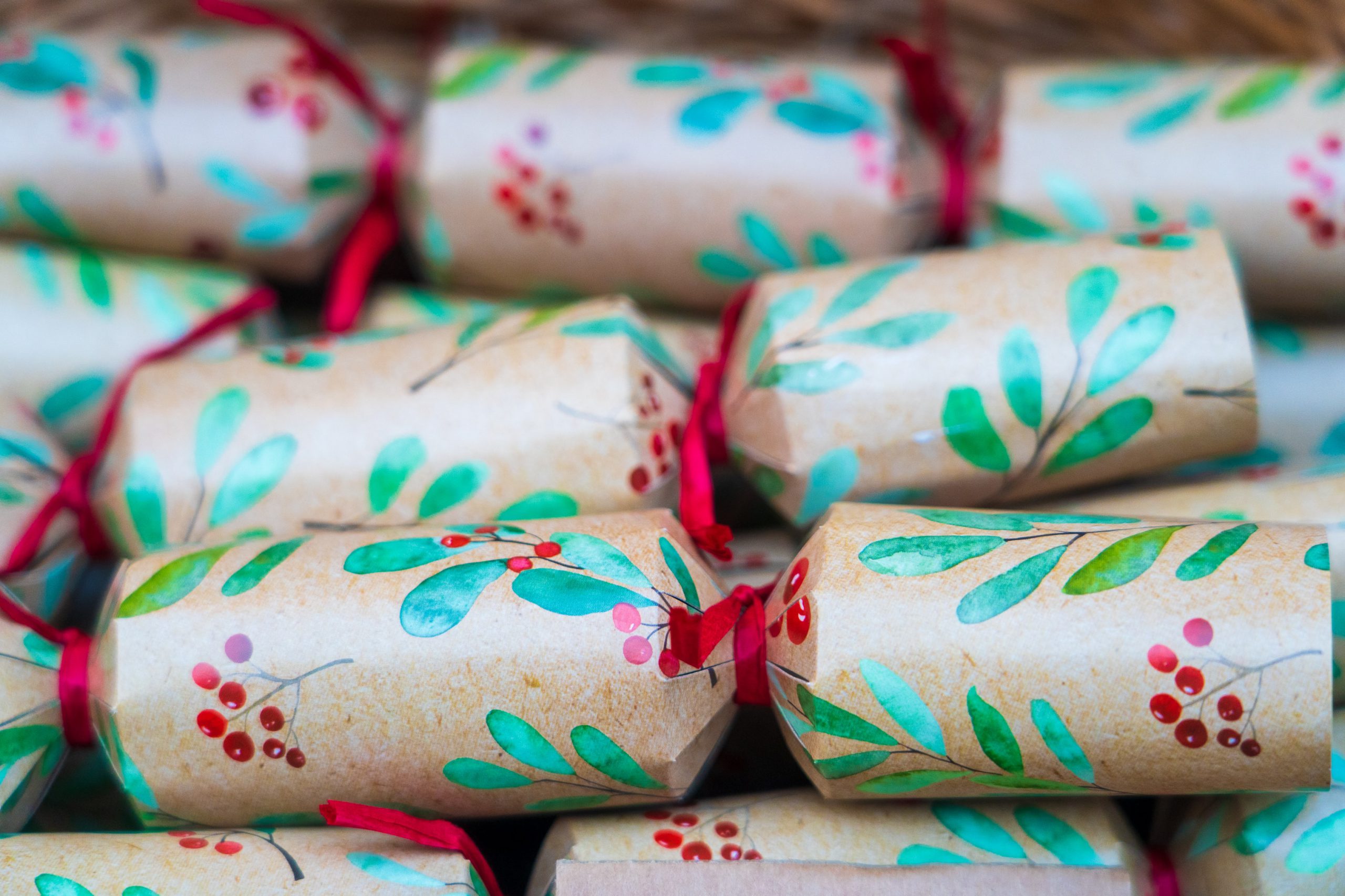
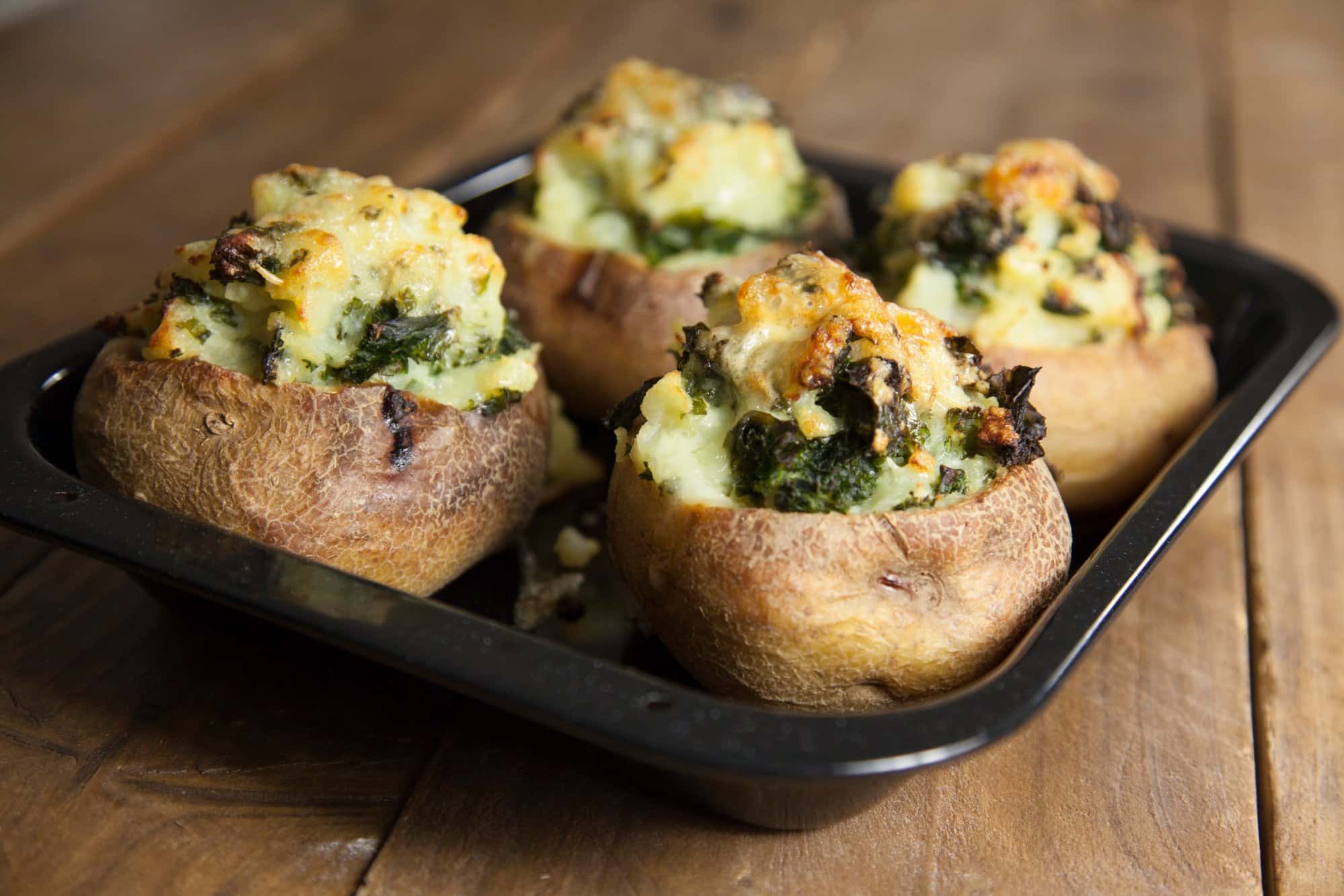
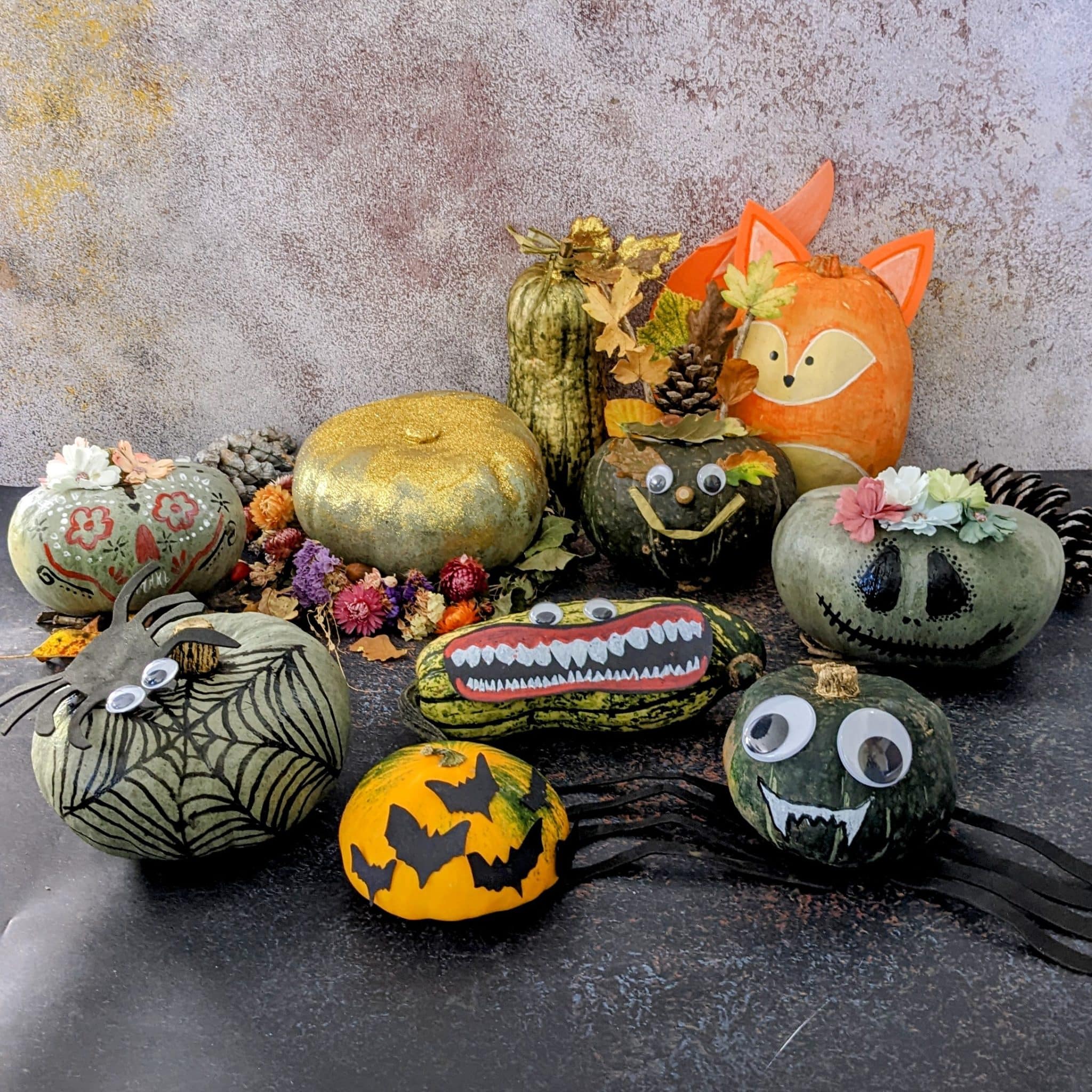
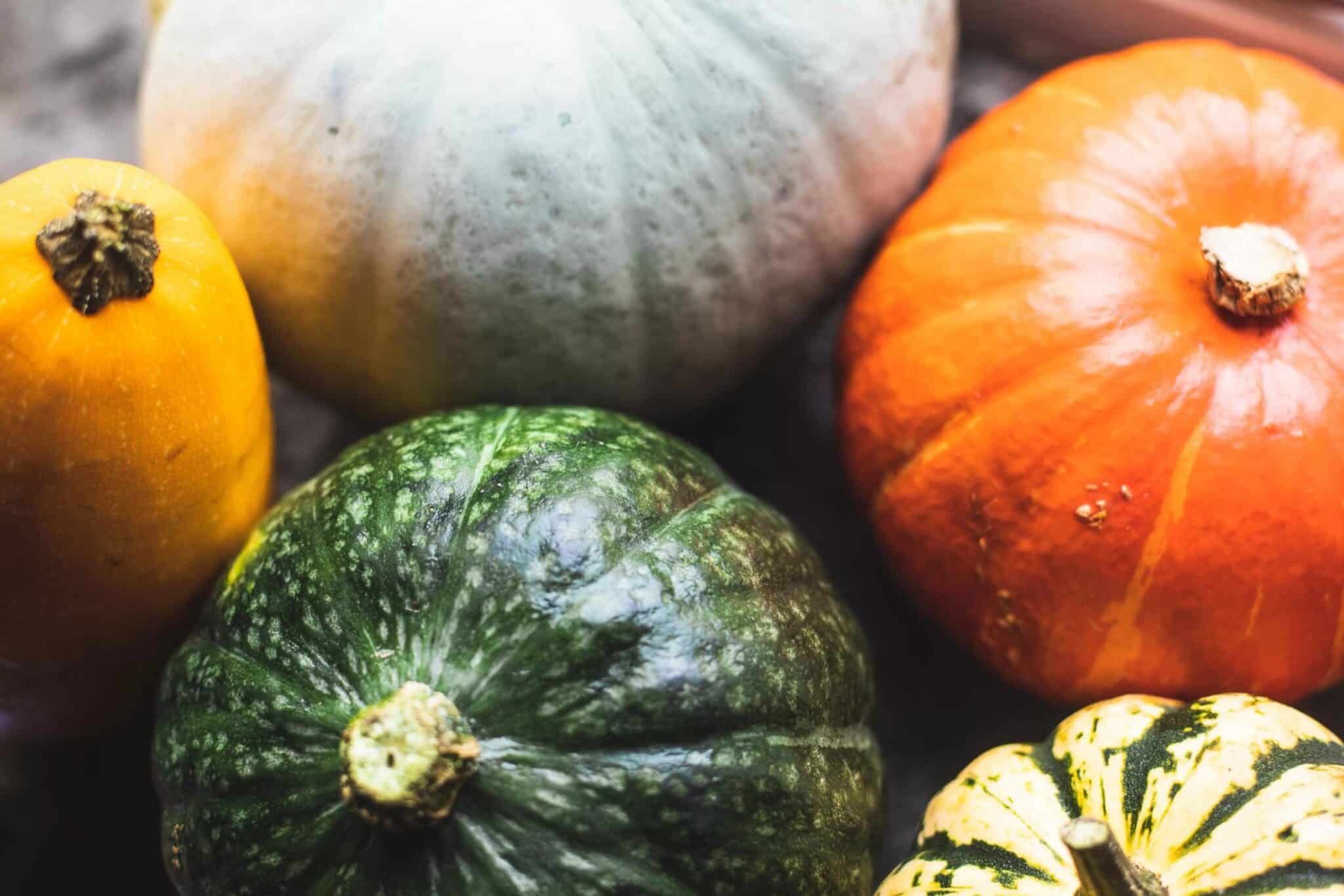

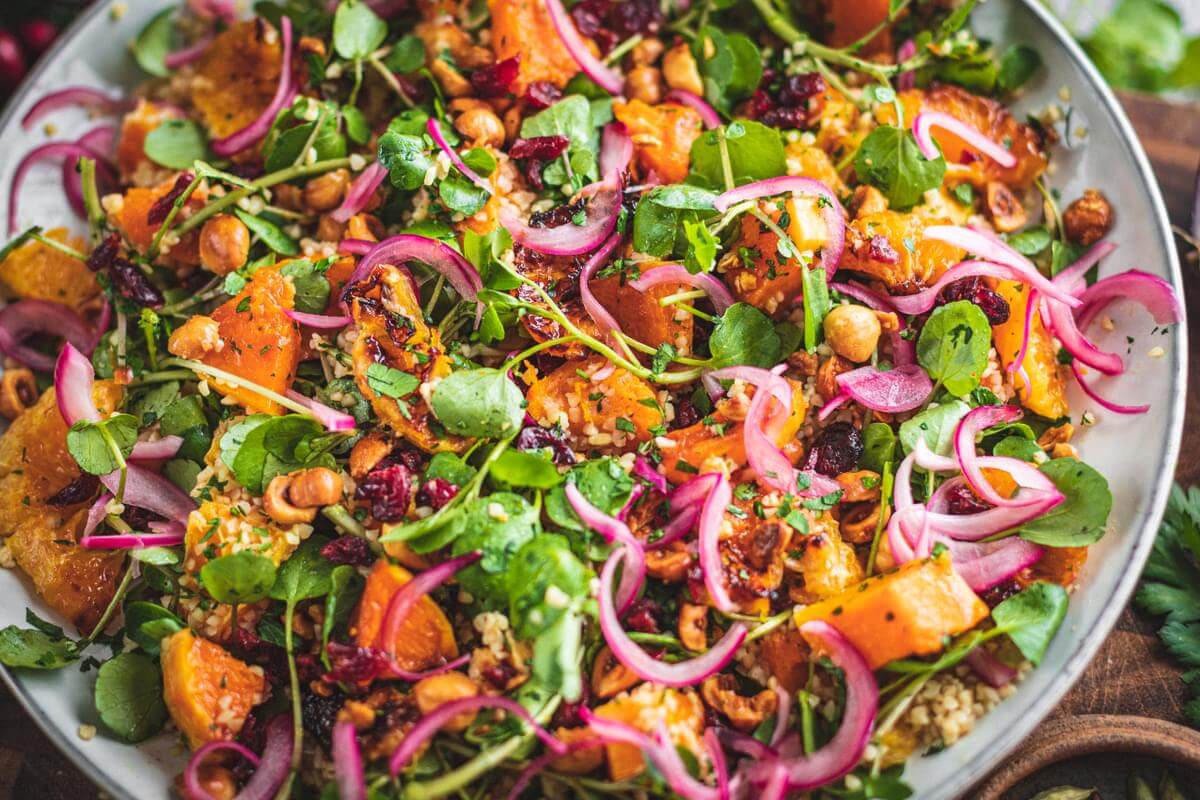
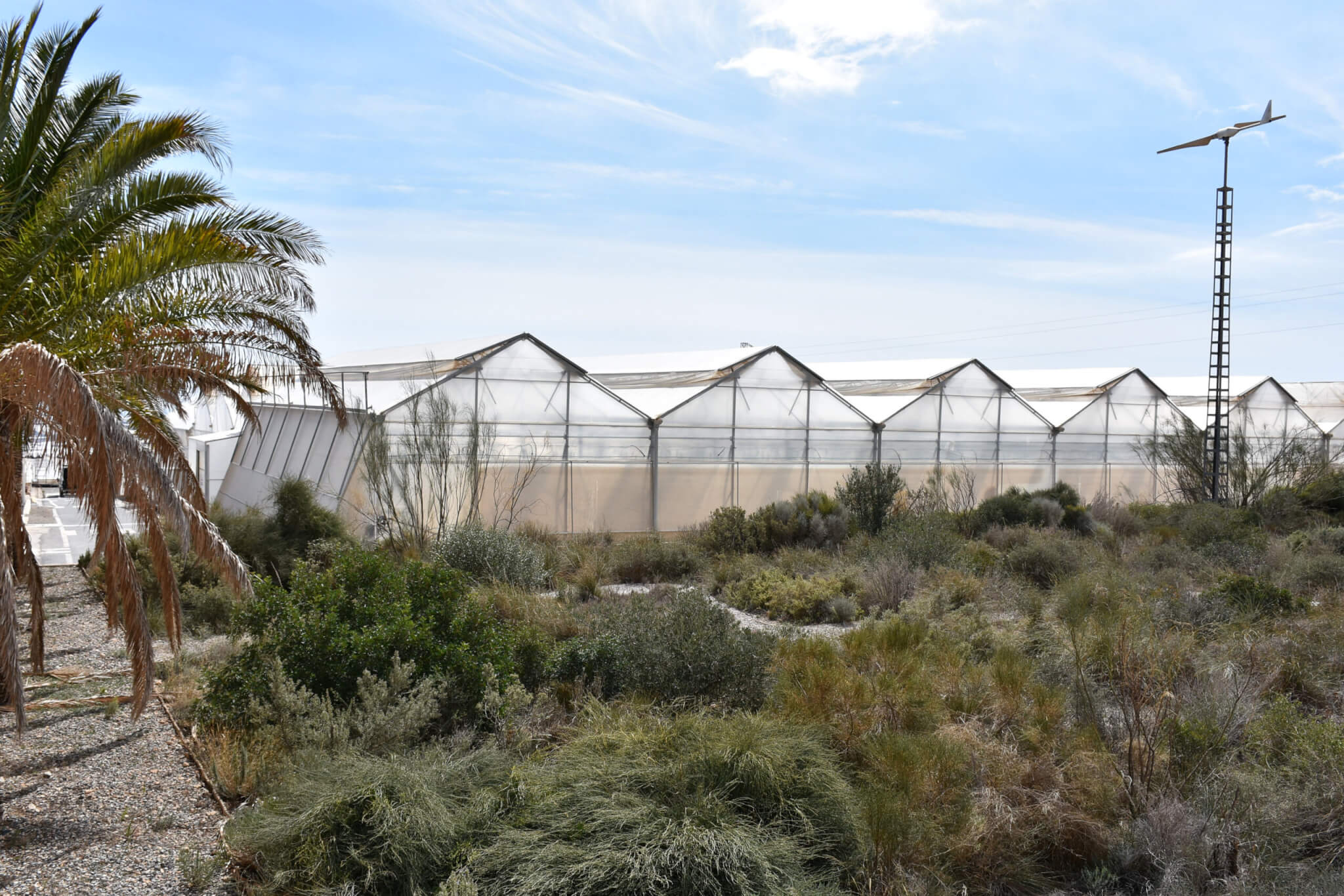




0 Comments